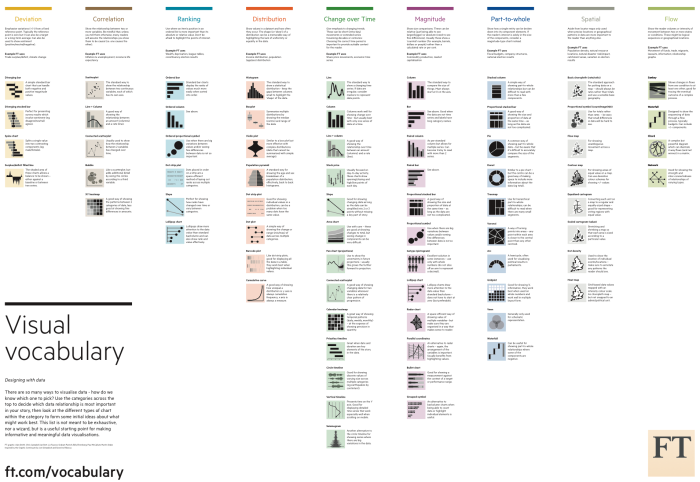Fact that most if not all herb vaporizers are designed for vaporizing cannabis made it difficult to get reliable information for tobacco use.
Tobacco Types
I tried three types:
- RYO Tobacco (I use The Good Stuff Gold Original and Menthol Gold)
- Pipe Tobacco (tried only Captain Black so far)
- Cigar Tobacco (tried grounded cigars then moved to whole leaf)
RYO is closest to tobacco used in cigarettes. I found it best for daily use. Pipe tobacco is very rich taste, too rich for frequent use. I typically use it before sleep, best with a glass of finest.
I found Cigar tobacco to be the most difficult to use with herb vaporizer because they taste best when properly humidified but many vaporizers are not designed to vaporize wet herbs. And dry cigar tobacco is brittle, shedding tobacco particles when you vape.
Best parts are cost and variety.
Vaporization Methods
Conduction vaporizers use a heated oven to cook the tobacco. Convection vaporizers use hot air flowing through tobacco to vaporize.
For RYO tobacco, conduction works best. Pipe tobacco can be used with both conduction and convection.
As to cigar tobacco, I had good result using Boundless CF which has a rather unique deep conduction/convection hybrid oven. Trick was to place RYO tobacco on top of slightly humid cigar leaves to act as a filter of sort.
Conduction is best for tobacco.
Vaporizers
I started with Boundless CF. Relatively cheap with deep hybrid oven. Tasted great with everything but plastic around the oven cracked and tobacco started combusting. Replacement I got is holding together so far.
While waiting for replacement CF, I got Arizer Extreme Q, a desktop convection vaporizer, as backup of sort. Gawdy looking but very reliable. Pipe tobacco tastes great with it but not RYO tobacco.
Then I got Boundless CFC. Cheaper and much smaller. Tasted even better than CF but it was too shallow to use with cigar tobacco using technique I mentioned above and, yup, plastic around the oven cracked and fell out.
Discouraged with plastic, I tried Magic Flight Launch Box (MFLB) which has great reviews from cannabis users. For tobacco, I just couldn’t get it working.
So I returned both CFC and MFLB for PAX 3. Pipe tobacco worked OK with it although nothing to write home about. I had difficulty getting vape initially but eventually learned I had to wait a bit between vapes to let the oven cook. Note I didn’t have to do that with CF nor CFC. Maybe that’s why their plastic cracked? Anyway, PAX 3 is well built so I hope it holds together. WARNING: Current version of PAX 3 iOS app is not recommended due to battery drain, even in background mode.
Worst parts are price and reliability. Need more DIY in this area.
End Note
Taste difference between devices is bewilderingly wide. Making it worse, device reviews for tobacco use is hard to find. So please share your experiences and finds.



